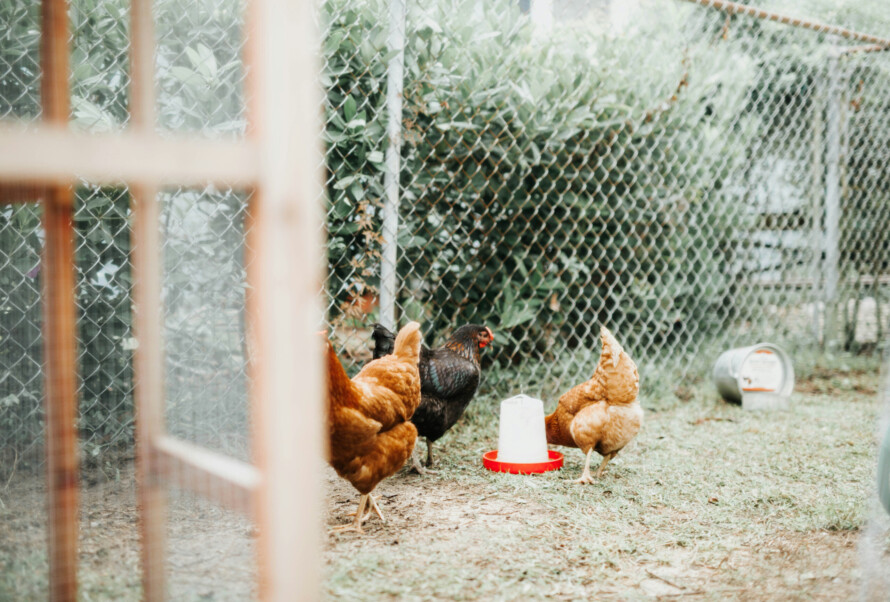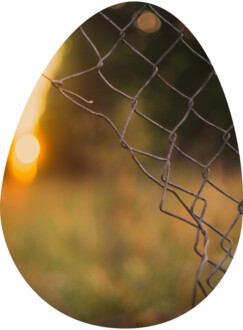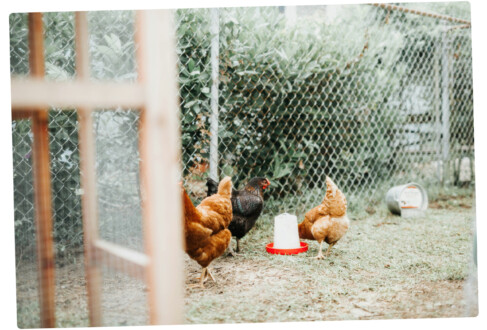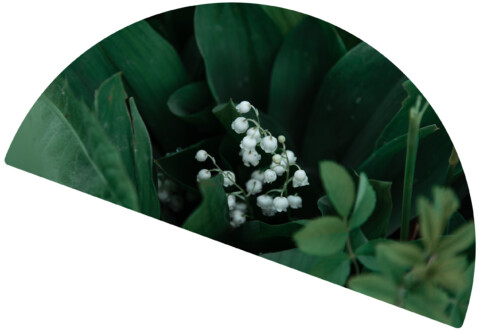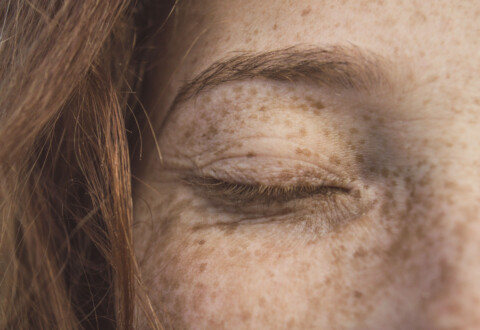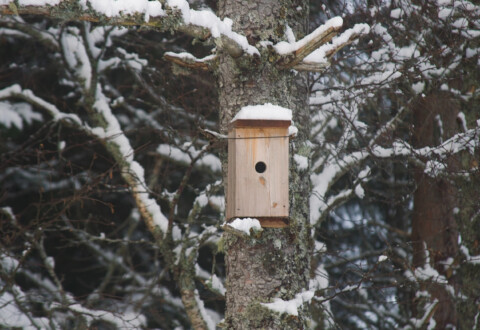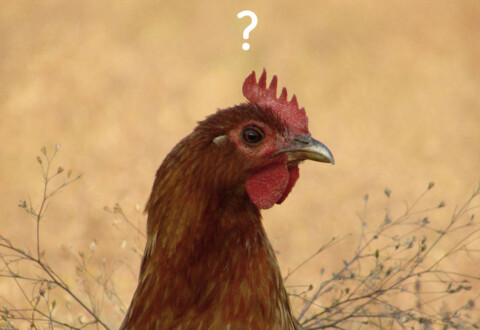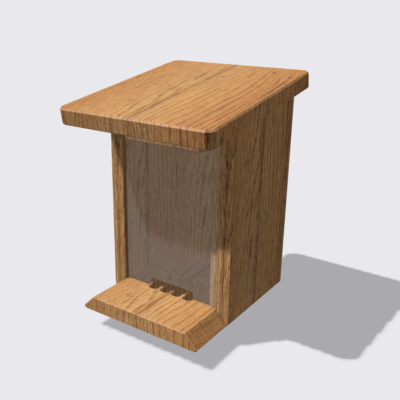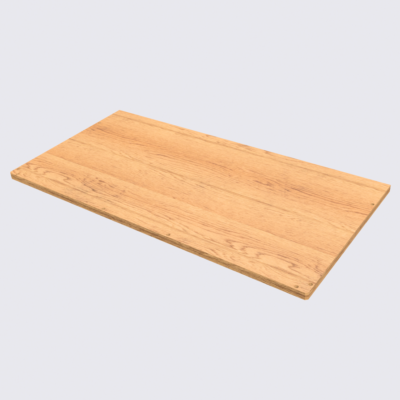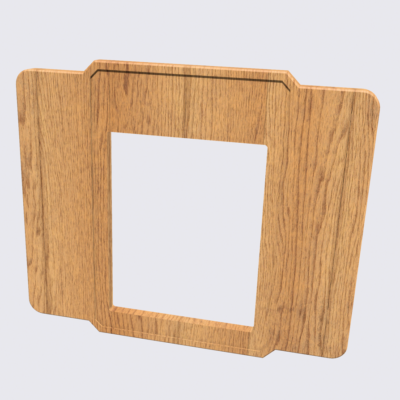Foxes, martens and the like certainly pose the greatest danger to your chickens. However, you should not forget that there are also other sources of danger to identify and – as far as possible – eliminate. Water, toxic substances and fences in particular can quickly become your chickens’ downfall.
Danger from water
Most chickens are very poor swimmers. Although they can stay afloat for a while, their feathers quickly soak up water and they will inevitably drown if they don’t make it to dry land in time.
Of course, the risk of drowning in water only exists if your chickens have access to swimming pools, garden ponds or rain barrels. Even watering cans or buckets can be fatal, especially for small or young chickens. The best way to protect your chickens is to keep them completely away from these sources of danger. If this is not possible or not desired, I can recommend the following measures:
- Cover pools with a high pool edge when no one is around (the higher the pool edge, the more dangerous the pool)
- Cover rain barrels from above (e.g. with a wooden disk)
- Garden ponds should have a shallow bank so that a chicken can climb out again more easily if the worst comes to the worst (stones and plants can also help)

> My EXPERIENCE: “Our hens actually prefer to quench their thirst with natural water from the garden pond. A hen has often fluttered into the water (e.g. when arguing or when very frightened): the shallow bank meant that climbing out was no problem.”
Danger from toxic substances
I think it goes without saying that pesticides (such as slug pellets), which are designed to kill certain small animals, are also dangerous for chickens and other animals (more importantly, of course, for children). As it is difficult to judge which protective agents or fertilizers are “just barely” tolerated by chickens and which are no longer, it is best to avoid chemical fertilizers and protective agents altogether. It would be better to use natural products or – best of all – to encourage the beneficial organisms that nature provides for free:
> My EXPERIENCE: “Our fruit trees have suffered greatly from aphid infestation every year. The result was curled, early dying leaves. Since we implemented the tip from “Mein Schöner Garten” (video) for building an “earwig hotel”, we no longer have a problem with aphids at all.”
Incidentally, earwigs not only eat aphids (up to 300 (!) per night), but also the eggs of mites and moths.
Using biological instead of chemical agents or, even better, working with and not against nature, is also in line with the goal of nature-oriented gardening, which is an essential part of general nature conservation efforts.
Danger from poisonous plants
Chickens can instinctively tell what they should and should not eat. They also learn this distinction from their mother from an early age or learn it later from other chickens. However, especially in less varied and less densely planted runs, they may eat an unpalatable or even poisonous plant due to a lack of alternatives. You should therefore remove the following very poisonous plants completely from your chicken garden if possible:
- (garden~, fall~) anemone, angel’s trumpet, arborvitae
- columbine, christmas rose, cherry laurel
- daphne, datura, delphinium
- foxglove
- (the berries of) holly
- ivy, iris
- (blue~, garden~) monkshood
- narcissus, (bittersweet~, black ~) nightshade
- lupine, lily of the valley
- ornamental tobacco, oleander
- peony, small periwinkle, pokeweed
- rhododendron
- spurge, snowdrop
- yew
Black nightshade also has the nickname “chicken death“, as many chickens have allegedly paid with their lives for eating its unripe berries.
> My RULE OF THUMB: “The smaller a chicken run is and the less plant food it provides for your chickens, the more important it is to remove poisonous plants from the run.”
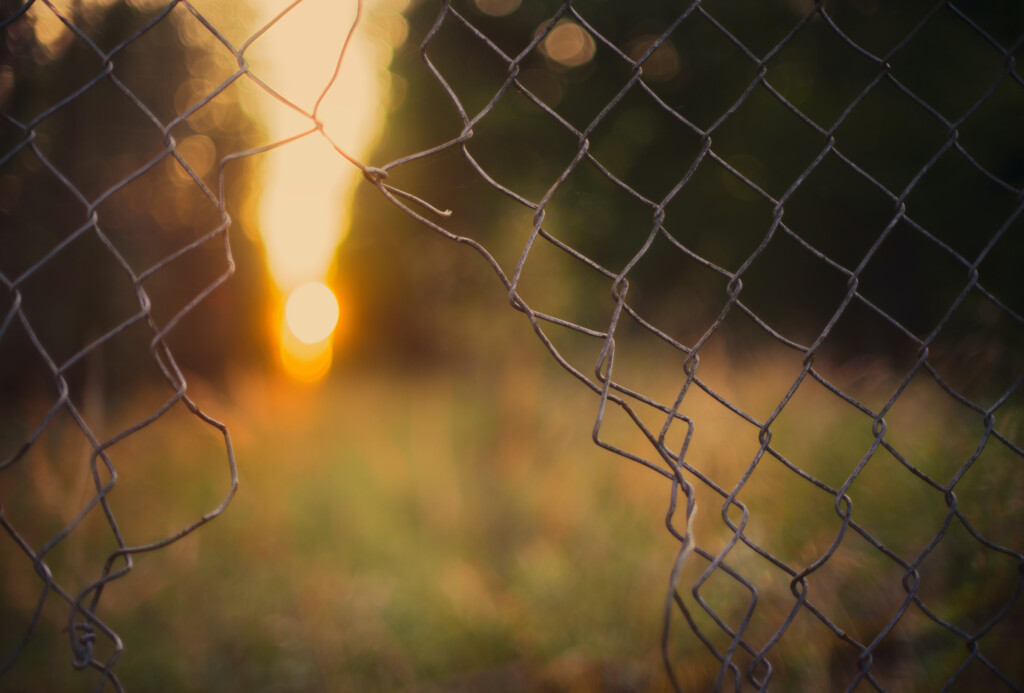
Danger from fences and other boundaries
The various types of boundaries (fences, grids, nets) can also quickly become a danger to your chickens if they are not used properly. To reduce these dangers, you should observe the following points:
- no open or protruding wire ends, nails, screws, etc.
- No small loopholes in which your chickens could get caught or through which they could escape.
- When using net fences, they must be as tight as possible so that no chicken can get tangled up in them.
